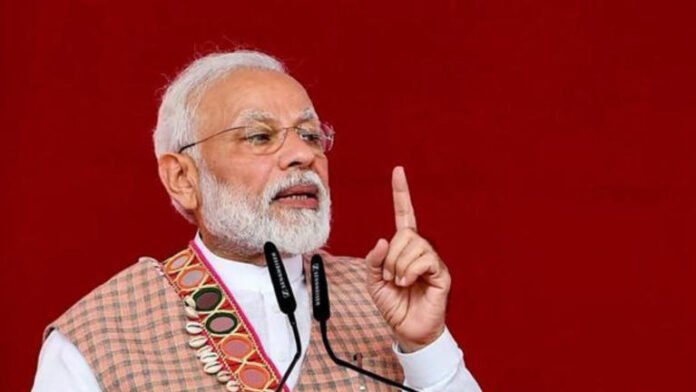The Indian government is reportedly deliberating a significant income tax cut for the middle class as part of its efforts to address growing economic challenges. If implemented, this move could provide much-needed relief to millions of households grappling with rising inflation and economic uncertainty. Sources suggest that the announcement may be included in the upcoming Union Budget 2025, reflecting the government’s intent to bolster disposable income and stimulate consumer demand.
Economic Context
India’s economy has faced headwinds over the past year, including sluggish growth, high inflation, and global economic uncertainties. While the country has shown resilience, with growth projections still among the highest globally, domestic challenges persist. Rising fuel prices, increased cost of living, and unemployment have burdened the middle class, which constitutes a significant portion of the population and serves as the backbone of the nation’s consumption-driven economy.
The middle-income group has long called for tax reforms, arguing that the current structure disproportionately affects their earnings. At present, individuals earning between ₹5 lakh and ₹15 lakh annually fall under the 20% tax bracket, while those earning above ₹15 lakh are taxed at 30%. With limited deductions and exemptions, many taxpayers feel overburdened, especially when compared to the benefits available to corporations and high-net-worth individuals.
Proposed Changes
Though specific details of the proposal are yet to be disclosed, sources indicate that the government is considering several measures to alleviate the tax burden. These include:
- Raising the Basic Exemption Limit: The current exemption limit of ₹2.5 lakh could be increased to ₹3 lakh or higher, providing immediate relief to low-income taxpayers.
- Reduction in Tax Rates: The government may lower the tax rates for certain income brackets, particularly for those earning between ₹5 lakh and ₹20 lakh annually.
- Enhanced Deductions: Deductions under Section 80C, currently capped at ₹1.5 lakh, might be raised to ₹2 lakh or more, encouraging savings and investments.
- Introduction of Standard Deductions for All: The reintroduction of a universal standard deduction could simplify the tax filing process and reduce the taxable income for salaried individuals.
These measures aim not only to ease financial pressure on the middle class but also to revive consumer spending, a critical driver of India’s GDP growth.
Government’s Perspective
Finance Minister Nirmala Sitharaman has previously highlighted the government’s commitment to inclusive growth and addressing the concerns of ordinary citizens. With general elections scheduled for 2025, the proposed tax cuts could also serve as a strategic move to win the confidence of middle-class voters.
“The government recognizes the contribution of the middle class to the economy and understands their aspirations and struggles. Any policy decision will be aimed at empowering them financially and fostering economic stability,” a senior government official stated.
Expert Opinions
Economists and tax experts have largely welcomed the possibility of tax reforms, citing their potential to boost consumption and investment. “Reducing the tax burden on the middle class will increase their disposable income, which, in turn, could lead to higher spending on goods and services. This would provide a much-needed stimulus to the economy,” said Dr. Radhika Gupta, an economist at a leading think tank.
However, some experts caution that the government must balance revenue considerations with relief measures. India’s fiscal deficit remains a concern, and any reduction in tax revenues must be offset by other means, such as enhanced tax compliance or increased indirect tax collections.
Public Reaction
The news of potential tax cuts has been met with optimism by the middle class. Social media platforms are abuzz with discussions, with many expressing hope that the government will deliver on its promise of financial relief.
“A tax cut would be a game-changer for us. With rising school fees, healthcare costs, and EMIs, every bit of savings counts,” said Rajesh Mehta, a salaried professional from New Delhi.
Challenges Ahead
While the proposal has generated significant excitement, its implementation poses challenges. Ensuring that tax cuts do not lead to a sharp decline in government revenues or compromise critical public spending will require careful planning. Additionally, the government must address structural issues within the tax system to ensure long-term benefits.
Looking Forward
As the Union Budget 2025 approaches, all eyes are on the government’s final decision regarding tax reforms. For the middle class, which has borne the brunt of economic pressures in recent years, the prospect of tax relief offers a glimmer of hope. If executed effectively, this policy could not only ease financial burdens but also rejuvenate India’s economic momentum.
In the coming weeks, further details are expected to emerge, providing clarity on the government’s vision for the middle class and its broader economic strategy. For now, the anticipation of tax cuts has sparked renewed optimism among millions of Indians eager for a brighter financial future.

